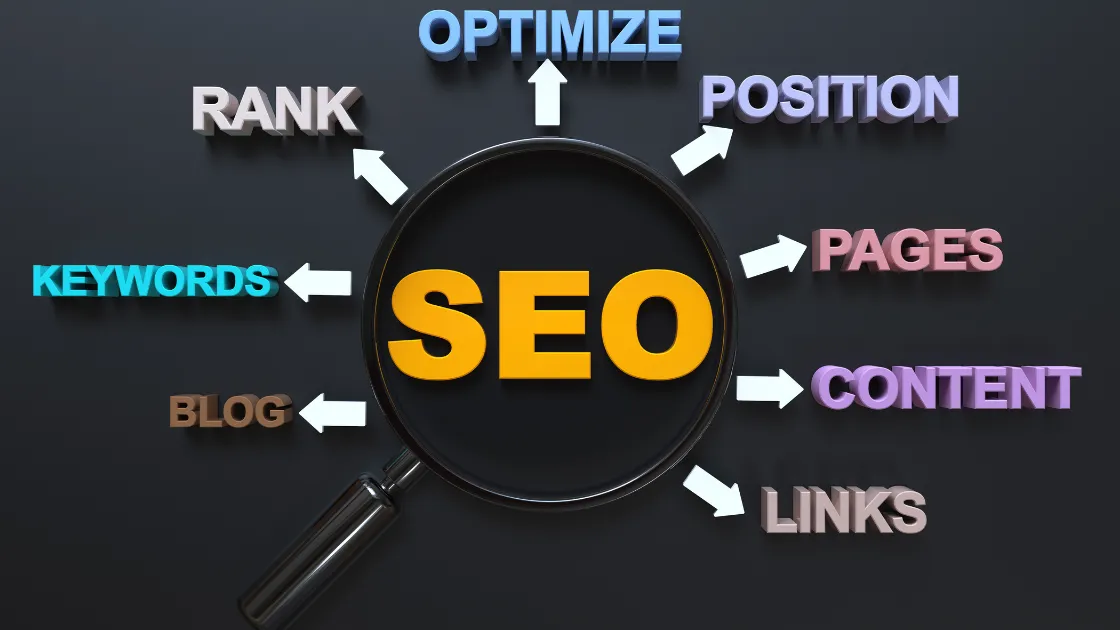
When it comes to improving your website’s visibility in search engines, on-page SEO is your first and most crucial step. While off-page factors like backlinks are important, your site won’t rank well if your on-page elements are poorly optimized. On-page SEO ensures that search engines—and users—can understand your content, navigate your site, and trust your value.
Below are some essential on-page SEO techniques you simply shouldn’t ignore in 2025:
1. Craft Compelling Title Tags and Meta Descriptions
Your title tag is often the first impression users have of your site in search results. Make sure it’s clear, includes your main keyword, and is under 60 characters. Meta descriptions, though not a direct ranking factor, impact click-through rates—so make them engaging and informative.
2. Use Proper Header Tags (H1, H2, H3)
Structure your content with headings to improve readability and help Google understand the topic hierarchy. Use only one H1 per page (usually the title) and break sections into H2s and H3s.
3. Optimize URL Structure
Keep URLs short, clean, and keyword-rich. Avoid long strings of numbers or irrelevant terms.
4. Use Keywords Naturally
Your primary keyword should appear in the first 100 words, in subheadings, and spread throughout the content. Avoid keyword stuffing—Google’s algorithms prioritize natural language.
5. Internal Linking
Link to relevant blog posts or service pages on your own site. This improves SEO and keeps users engaged longer.
6. Optimize Images
Use descriptive file names and add alt tags to all images. This helps with accessibility and gives Google more context.
7. Improve Mobile Usability and Page Speed
A mobile-friendly, fast-loading site isn’t optional—it’s expected. Use tools like Google PageSpeed Insights to check and fix performance issues.

Additional On-Page Best Practices to Keep in Mind
Include Outbound Links to Authoritative Sources
Referencing reputable websites adds context and value to your content. It also signals trust to Google. Just make sure the outbound links are relevant to your topic and open in a new tab.
Use Schema Markup (Structured Data)
Adding schema markup helps search engines understand your content more effectively. It can enhance your listings with rich snippets—like star ratings, FAQs, or event dates—which improves visibility and click-through rate.
Focus on User Intent
It’s not just about stuffing keywords—it’s about answering the user’s query. Understand what users are actually looking for when they search for your target keywords, and tailor your content accordingly.
Update Content Regularly
Google favors fresh, updated content. Make it a habit to review older posts, refresh outdated information, and improve readability. Adding new insights or data also boosts rankings over time.
On-page SEO is not a one-time task—it’s an ongoing process. Regular audits and updates are essential for staying competitive in search results. Focus on these basics, and your site will be well-optimized for both users and search engines.
